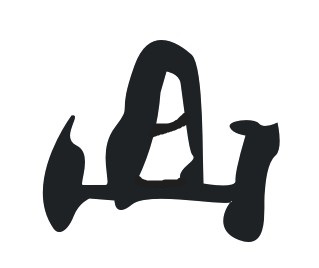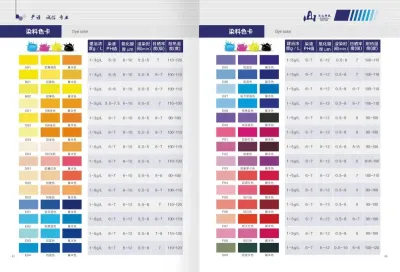
Will there be any residue on the metal surface after treatment with Oil degreasing additive?
2024-03-22 15:30
Prologue: Discussing the residues on metal surfaces after Oil degreasing additive treatment
In the process of metal processing and production, in order to remove grease and dirt on the metal surface and improve product quality, people widely use Oil degreasing additive. However, whether residues will be generated after using Oil derosination additive to treat metal surfaces has always been a concern. Today, we will delve into this issue and analyze the possible residues on the metal surface after oil degreasing additive treatment and its impact.
1. Source and composition of residues
Oil degreasing additive may leave some residue during the treatment of metal surfaces. These residues mainly come from two aspects: first, the components of the Oil derosination additive itself, including detergents, surfactants, etc.; second, the grease and dirt on the metal surface that have been cleaned.

2. Type and form of residues
The type and form of residues vary and depend on the composition of the oil degreasing additive and the conditions during processing. Some oil degreasing additive residues may appear as oily substances that adhere to the metal surface; others may be solid particles or residual surfactants that will form films or spots on the metal surface.
3. Factors affecting residues
The formation and extent of residues are influenced by many factors. The first is the formula and concentration of Oil derosination additive. Different additive ingredients and concentrations will lead to different types and contents of residues; secondly, the processing conditions, including temperature, time, stirring and other factors, will affect the cleanliness and uniform distribution of residues. Spend.

4. Possible problems caused by residues
The presence of residue on metal surfaces can cause problems. First, larger residues may affect the appearance and quality of the metal surface, reducing the aesthetics of the product. Secondly, residues may affect subsequent processes, such as painting, welding, etc., resulting in unstable processes or substandard product quality.
5. How to reduce the generation of residues
In order to reduce the residue on the metal surface after Oil derosination additive treatment, some measures can be taken. The first is to select the Oil derosination additive with good quality and reasonable formula, and operate it in strict accordance with the production process requirements; the second is to control the processing conditions, such as controlling temperature, time and stirring speed, to ensure that the Oil degreasing additive can fully take effect.

6. Residue treatment methods
If residue has formed, appropriate treatment methods can be taken. For example, residues on the metal surface can be removed as much as possible by cleaning again, washing with water or using other cleaning agents to ensure product quality and process stability.
Conclusion: Use Oil derosination additive scientifically to avoid the generation of residues
Oil degreasing additive treatment of metal surfaces may produce a certain degree of residue, the type and impact of which are affected by a variety of factors. In order to avoid the impact of residues on product quality and process, it is necessary to scientifically select Oil derosination additive, strictly control the processing conditions, and process residues in a timely manner to ensure the cleanliness and stability of the metal surface.








